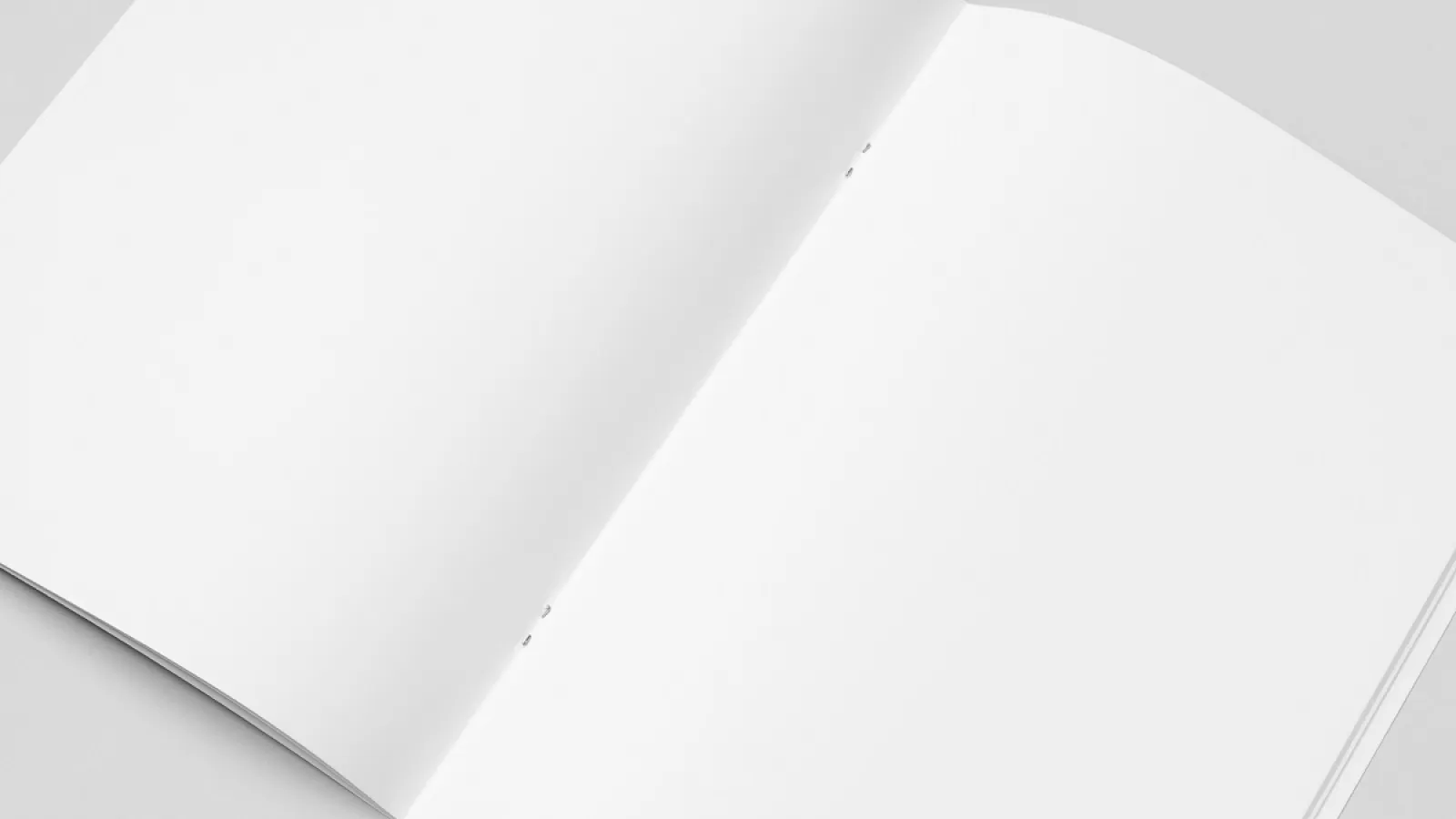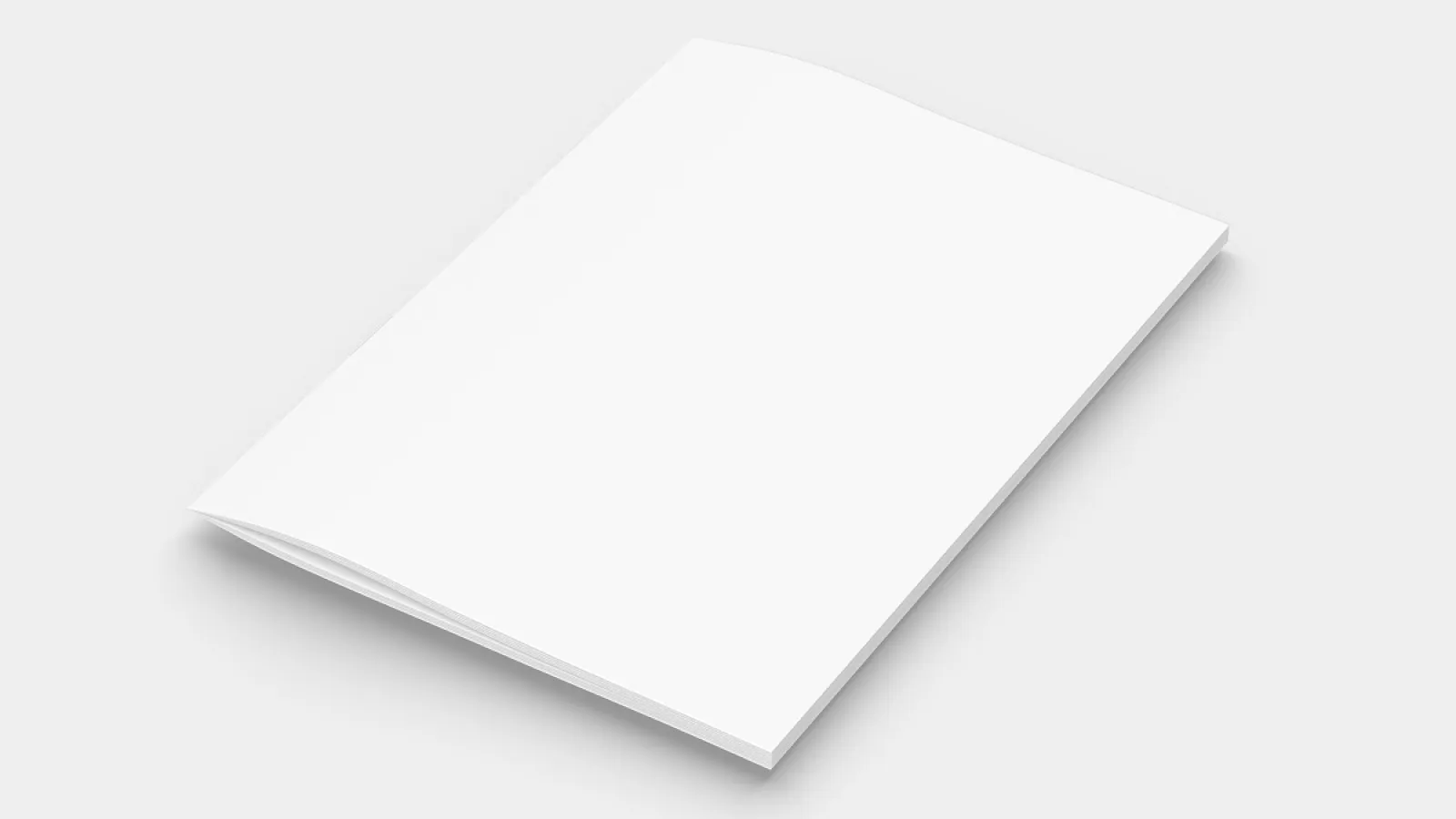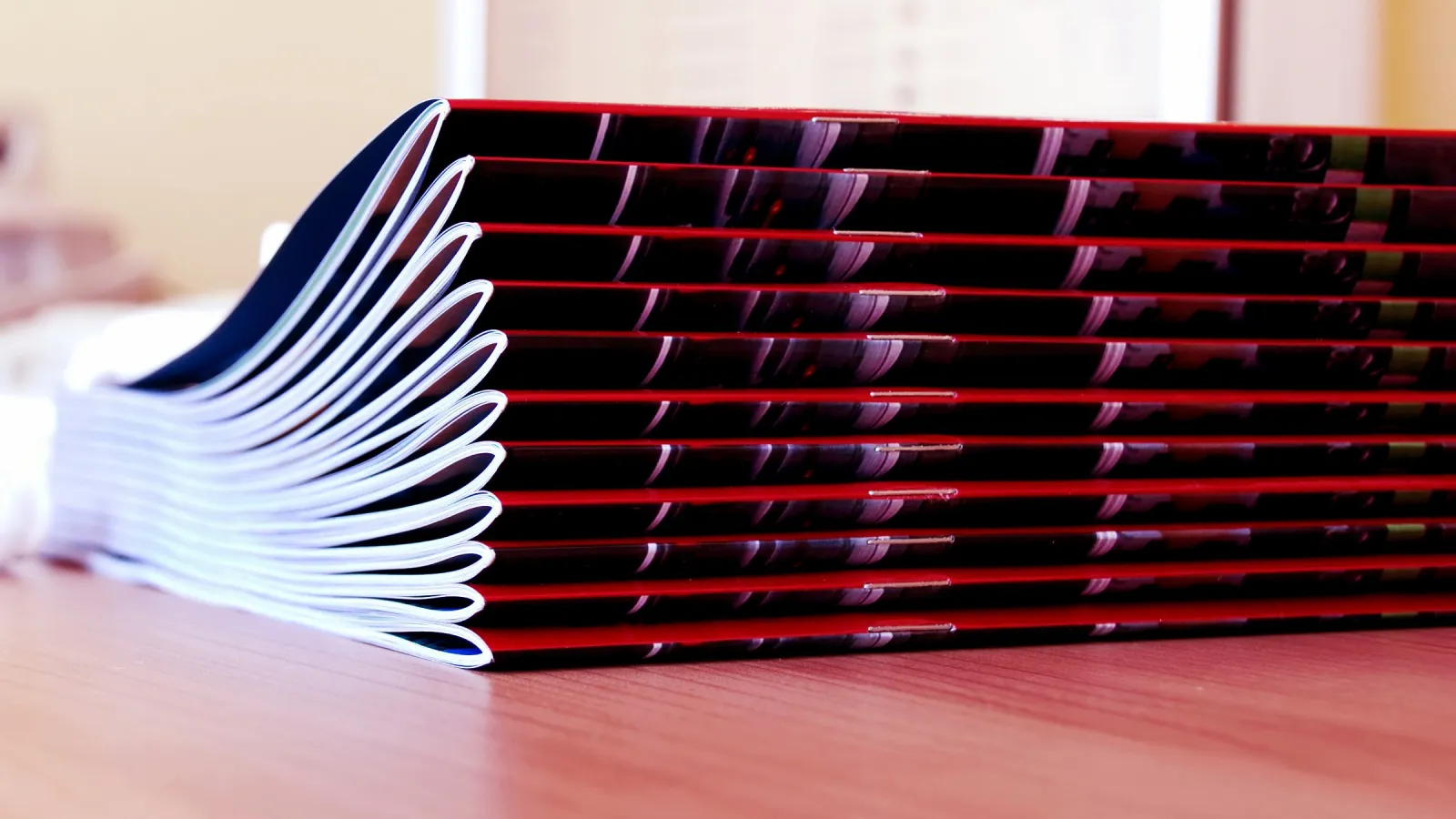
Saddle Stitching
Saddle Stitch Binding is ideal for Thinner Books
Saddle-Stitching is a popular and inexpensive method for binding thinner books and booklets.

Saddle Stitched books are created from sheets of paper that have been folded in half and then nested one inside the other. The fold line forms the book's spine. Wire staples penetrate through this fold line from the outermost sheet (the cover) all the way through the innermost sheet. The staples are cinched tight once they penetrate the innermost sheet (center sheet). This holds the sheets of the book together but allows each page to turn freely.
On the vast majority of saddle stitched book projects, the cover is made from a heavier paper stock than what is used for the inside pages. However, some saddle-stitched book projects use the exact same type and weight of paper for the cover and pages. This is called a "Self-Cover" book.
Saddle Stitching is a good choice for bound documents that have a relatively low number of pages. This is because wire staples can only bind a given number of sheets together. Exactly how many sheets can be bound together is largely dependent upon the thickness of the sheets.
Examples of publications that frequently use the saddle stitch method include comic books, coloring and activity books, brochures, magazines, thinner manuals, catalogs and directories, product and instruction guides, workbooks, multi-page wall calendars, event programs, bulletins and newsletters, and any other documents that have a relatively low page count.
Print Knowledge Center
Concepts,
definitions, and advice to supplement your printing knowledge.
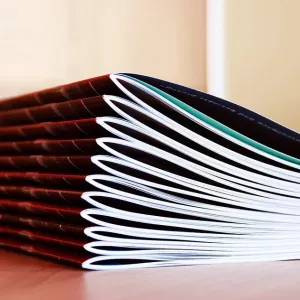
10 Frequently Asked Questions about Saddle Stitching
Read This Article
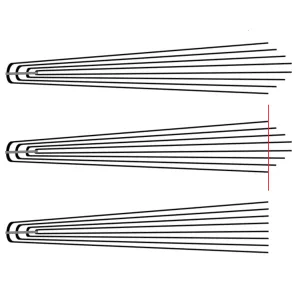
Saddle Stitch Binding: What is Creep?
Read This Article

What is the Best Page Count for Saddle Stitch Binding?
Read This Article

Booklet Printing: 7 Fast Facts about Saddle Stitch Booklets
Read This Article



